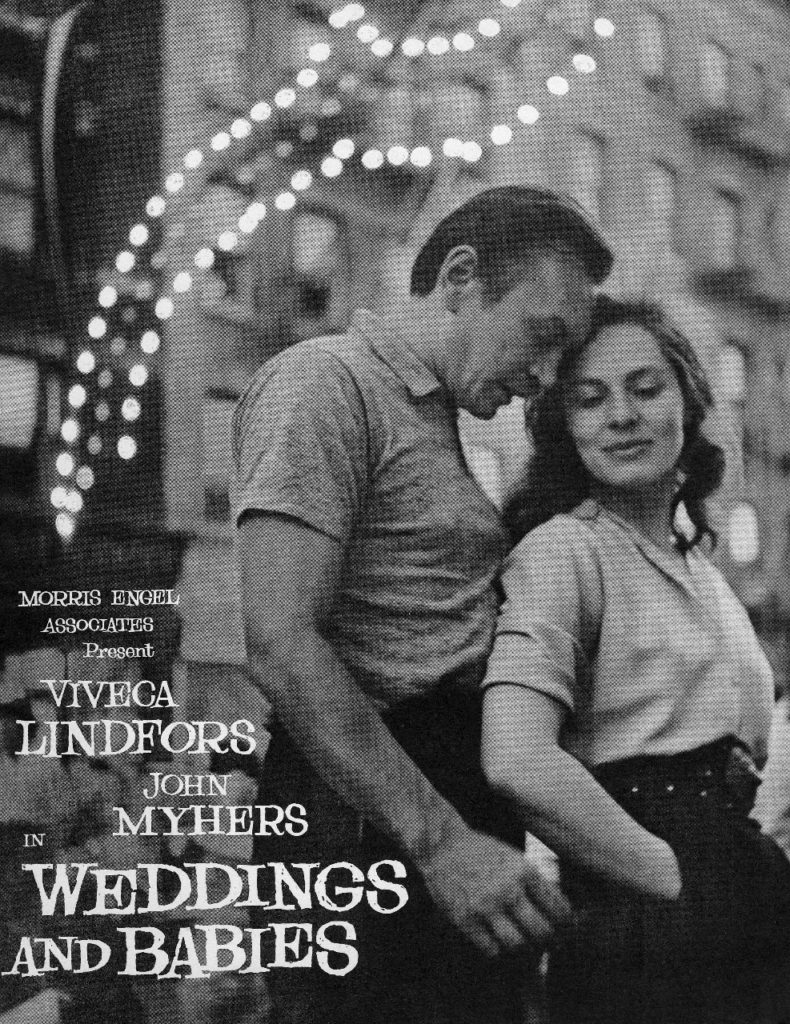Opinion
Morris Engel, Indie Film’s Neglected Pioneer
THE DAILY PIC: Engel's handheld camerawork and amateur actors helped shape New Wave film in the '60s.

THE DAILY PIC: Engel's handheld camerawork and amateur actors helped shape New Wave film in the '60s.

Blake Gopnik

THE DAILY PIC (#1636): I’m ashamed that I’d never heard of the films of Morris Engel until just recently, given how wonderful and influential they are. Francois Truffaut said that the movies of the French New Wave would never have existed if their directors hadn’t had the example of Engel to follow, and the same can pretty clearly be said about John Cassavetes and similar American auteurs.
It soothes my ego just a touch to note that even my most cinephilic friends had also not heard of him.
Today’s Pic is the publicity shot for Weddings and Babies, the last of the three films that Engel made, all between 1953 and 1960 and all in collaboration with his wife the street photographer Ruth Orkin. (Engel too spent most of his career as a photojournalist.) It may be my favorite of his films. It tells the poignant story of a perpetually about-to-be-married couple who run a tiny weddings-and-babies photo studio in Little Italy in New York, and make extra money by filming the street life around them.
As in all of Engel’s films, he gives the streets of New York as important a role as any of his human characters. The gorgeous chaos he wanders through is wonderful to watch, and painful, too, from the vantage point of our ever more corporate, antiseptic and Dallas-ized city. Engel’s New York is made extra present because he films its streets with a handheld 35mm camera that he helped design. The cinematographers of the French New Wave owed some of their own hand-holding to him.
Engel’s human characters are also amazing. In Weddings and Babies there’s one old woman with dementia who, despite barely uttering a single line, is utterly compelling. That must be because she’s almost certainly more-or-less playing herself.
A few of Engel’s actors were pros, sometimes even well-known ones. But a lot of them were untrained, asked to improvise their way into their roles. Again, Truffaut and his pals were given extra license to cast “ordinary” people in their films because Engel had done it first.
There are flaws in Engel’s art – he was figuring it out as he went, and sometimes fell back on Hollywood sentiment. (His films’ scores are painfully full of it, despite the occasional moment of jazzy modernism.)
It was easier to get New Wave style right once you had the films of Engel as a reference point. (Image ©1958 Morris Engel)
For a full survey of past Daily Pics visit blakegopnik.com/archive.